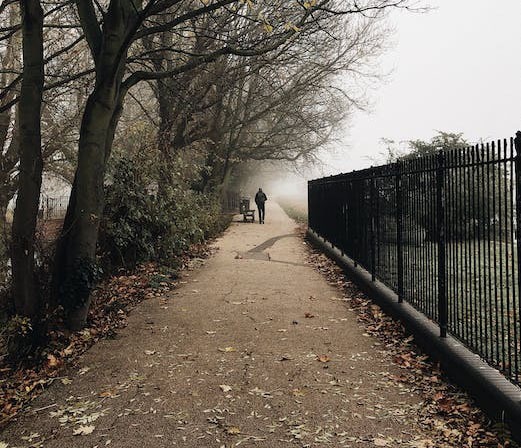Many people choose to erect fences as they are an effective way to mark the boundary of your property and to give you some privacy. They can also be a good way to add a little extra style to your home.
However, there are a number of mistakes which are commonly made when erecting fences. It’s worth knowing what these are before you start; this could save you a lot of hassle. You can also open the following link if you need advanced and reliable Security Fencing systems.
1. The Boundary Line
You may think you know exactly where the boundary of your property is but, even if there is already a fence in position you may be mistaken. The best way to ensure you have the boundary line right is to instruct a construction surveyor to assess your land. They will be able to determine the correct boundary line; allowing you to position your fence just inside it.
It is worth noting that if this is different to the current position of a fence you may want to discuss it with your neighbor before you simply change the fence.
2. Utilities
Your survey should also tell you the location of any utilities that run under your land. If you have any then the utility company will have a right of access. In fact, your neighbor may also have a right of access. You’ll need to construct your fence with this in mind.
Knowing the location of any utilities and the depth at which they are positioned will also help to ensure your fence erection goes smoothly; you don’t want to damage a sewage line when you put your fence posts in.
3. Gate Position
The next most common mistake is not considering the position of the gate. You’ll need it to be where the soil naturally drains away; this will avoid muddy puddles in gateways.
You also need to think about the flow of traffic; this will dictate the position of the gate and which way it should open.
In addition if you’re creating gates to allow car access then you need to ensure the car can pull off the road before having to stop and open the gates.
4. Regulations
In most cases a simple ranch style fence is acceptable. However, there may be restrictions on the height or style of fencing you can erect. It is advisable to check with your planning department regarding your proposed fence before you start any work.
This will ensure you are not asked to remove it later.
5. Post Strength
It is essential that you anchor your fence posts properly. This is the one part of the fence that gives the whole structure its strength.
The strongest and therefore deepest posts should be placed into the corners of your planned fence area. You can’t really go too deep with these!
The posts that run along the line of the fence do not need to be as big or sunk as deep but they do need to be straight and solid. The more time you take getting the support posts right the stronger the fence will be.
You don’t want to invest a small fortune in a fancy fence only to have it fall down at the first breeze.
